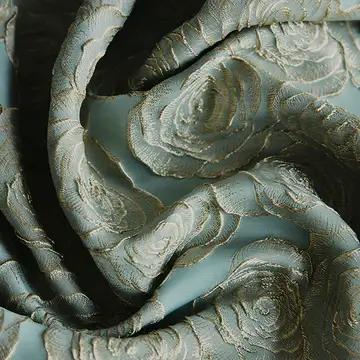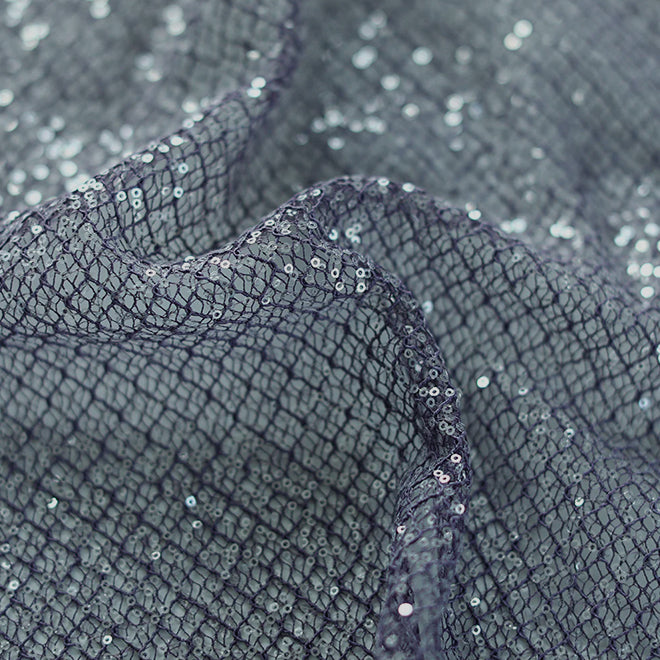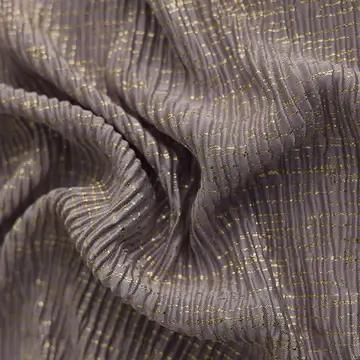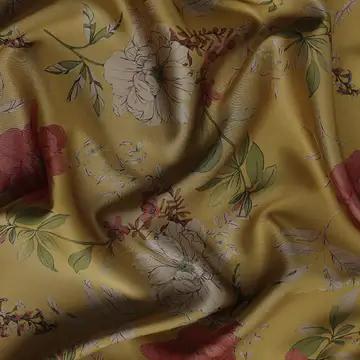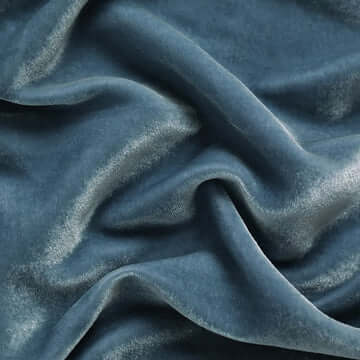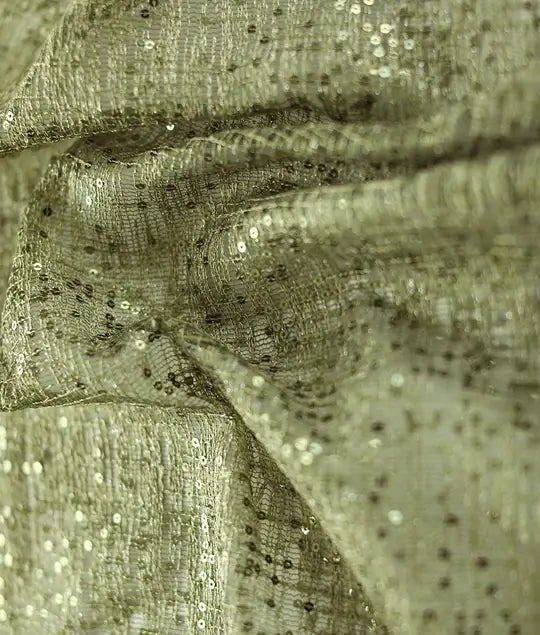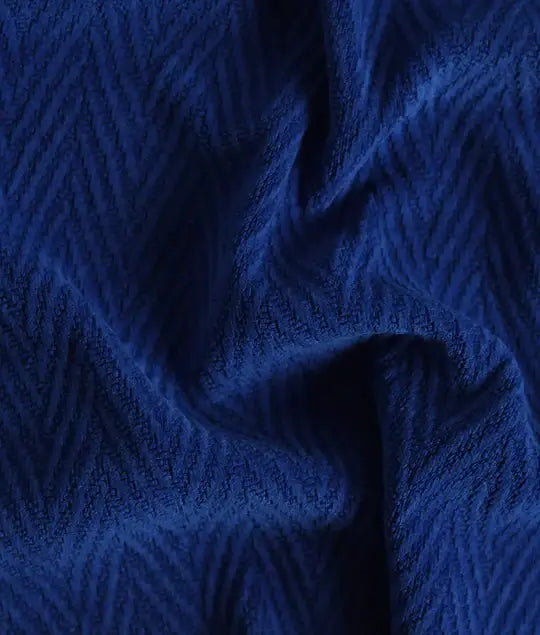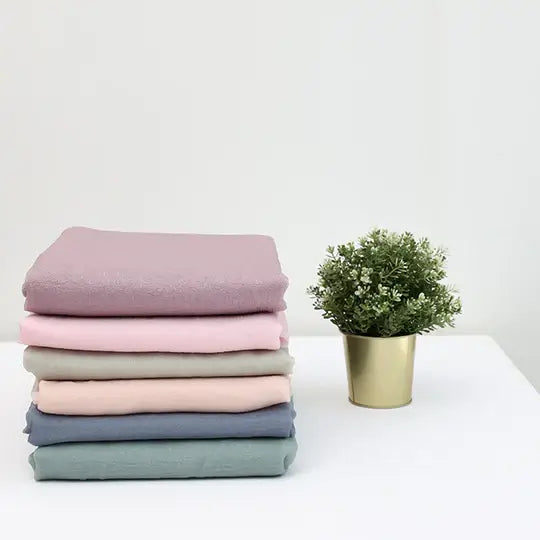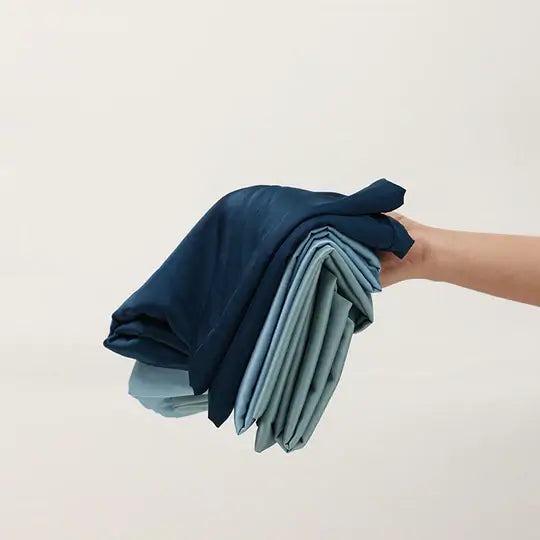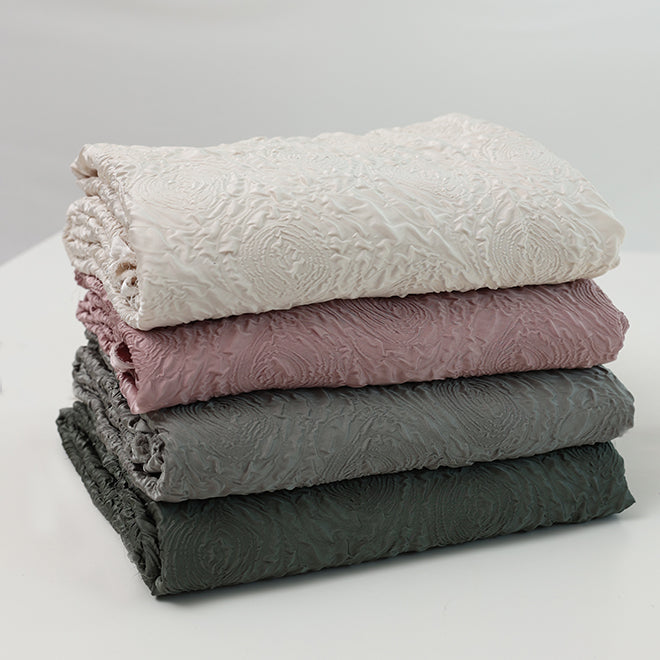Creating Innovation: Tips to Find the Perfect Pattern for Printed Designer Fabric
Printed designer clothes have an irresistible appeal in the world of fashion. The pattern you select may make or ruin your project, whether you're making a gorgeous dress, custom home décor, or eye-catching accessories. It can be both thrilling and overwhelming to choose the ideal pattern for your printed designer fabric because there are so many alternatives available. Do not be alarmed! We'll go through helpful hints in this tutorial to assist you in navigating the vast array of options and choosing the perfect print fabric design for your masterpiece.

Identifying Designer Fabric Printing
From classic floral and geometric patterns to quirky motifs and abstract designs, designer fabric prints come in a wide range of styles. Because of the artistic vision and inventiveness of its creator, every print tells a different narrative. Take into account the following variables before starting your search for the ideal pattern
1. Describe Your Aesthetic
Give your aesthetic choices some thought before exploring the many possibilities available. Which kind of patterns appeal to you more, subtle, or eye-catching and strong or understated? With your project, think about the tone and ambience you want to create. Identifying your artistic vision will help you find the perfect print fabric pattern, whether it's for avant-garde allure, modern style, or vintage-inspired charm.
2. Examine the Application
The way you want to use your printed designer fabric is a key consideration when choosing a design. Will it embellish a bold piece of clothing, bring life to some upholstery, or give some flare to some accessories? Certain design considerations are required for different applications. For clothing, take into account the pattern's arrangement and scale to achieve a unified and attractive style. In the meanwhile, upholstery projects could profit from sturdy textiles embellished with eye-catching patterns that go well with the surrounding interior design.
3. Analyze Inspiration and Trends
Get involved in the world of design trends and look to a variety of sources for inspiration. To remain up to date on the newest trends and cutting-edge fashions, peruse fashion magazines, investigate internet galleries, and visit textile exhibitions. Although trends offer insightful information, follow your gut and embrace styles that suit your style without fear. Always keep in mind that classic elegance outlasts fads and makes your products last a lifetime.
4. Accept Variety
When choosing a printed designer cloth, versatility is essential. Choose designs that work well in all seasons and settings, as they provide countless styling options. Think about how the fabric will go with your current outfit or home design, making it easy to mix and match. Versatile prints have the inherent power to revitalize your designs, guaranteeing their durability and wearability for many years to come.
5. Quality Matters
Superior quality is paramount when it comes to printed designer fabric. Invest in high-quality textiles with exceptional colourfastness, tactile appeal, and durability. Check for fine lines, brilliant colours, and precise details throughout the intricate design. Remarkable textiles give off an air of sophistication and refinement in addition to enhancing the visual appeal of your designs.

6. Experiment with Colour and Texture
As you work on your designs, colour and texture become essential tools for giving them character and depth. To let your imagination flow and create a statement, try using striking colours, muted shades, and unusual colour combinations. Explore tactile textiles that give your designs more visual intrigue and depth as you consider the interaction between texture and pattern. There are an infinite number of options, ranging from luxurious silks to soft velvet.
7. Have Faith In Your Instincts
Explore the process of discovery and have faith in your gut. Let your instincts lead you when you choose, and permit yourself to experiment with a variety of patterns, textures, and styles. Never forget that the ideal design is an expression of your distinct vision and creative expression rather than just a reflection of the newest fashions. Allow your love of design to shine through every stitch and seam as you embrace individuality and imperfection.
8. Examine Nature for Inspiration
Designer fabrics with printed patterns can draw much inspiration from nature. Utilize flower themes, leafy patterns, and organic features in your designs as a way of paying homage to the incredibly beautiful natural world. Nature-inspired designs offer your works a lively, charming touch by adding whimsy and enchantment, whether they are whimsical animal motifs or dynamic botanical prints.
9. Consider Cultural Influences
Examine the diverse range of cultural influences that have shaped the design industry. Explore the diverse motifs, symbolism, and elaborate patterns found in traditional textiles from around the world. Cultural themes are a goldmine of ideas that let you give your works depth, cultural resonance, and historical and historical inspiration. Examples of these motifs are elaborate paisleys, elaborate damasks, tribal patterns, and ikat designs.
10. Don't Forget the Power of Contrast
Your printed designer cloth can become extraordinary by using contrast, a potent design feature. To create compositions that are visually arresting and arouse the imagination, experiment with the dynamic interaction of bright and dark tones, dramatic and subtle themes, and geometric and organic shapes. Recognize the beauty in contrasts and use them in your designs to add visual appeal and dynamic tension.

Conclusion
Finding the ideal pattern for printed designer fabric is an incredibly fulfilling and very personal process. You'll go on a life-changing journey of self-discovery and artistic exploration by defining your aesthetic, considering the application, investigating trends, embracing versatility, putting quality first, experimenting with colour and texture, trusting your instincts, looking to nature for inspiration, considering cultural influences, and utilizing the power of contrast. Now go forth, let your imagination run wild, and let your creativity run wild as you weave tales, arouse feelings, and give each stitch of fabric life.


